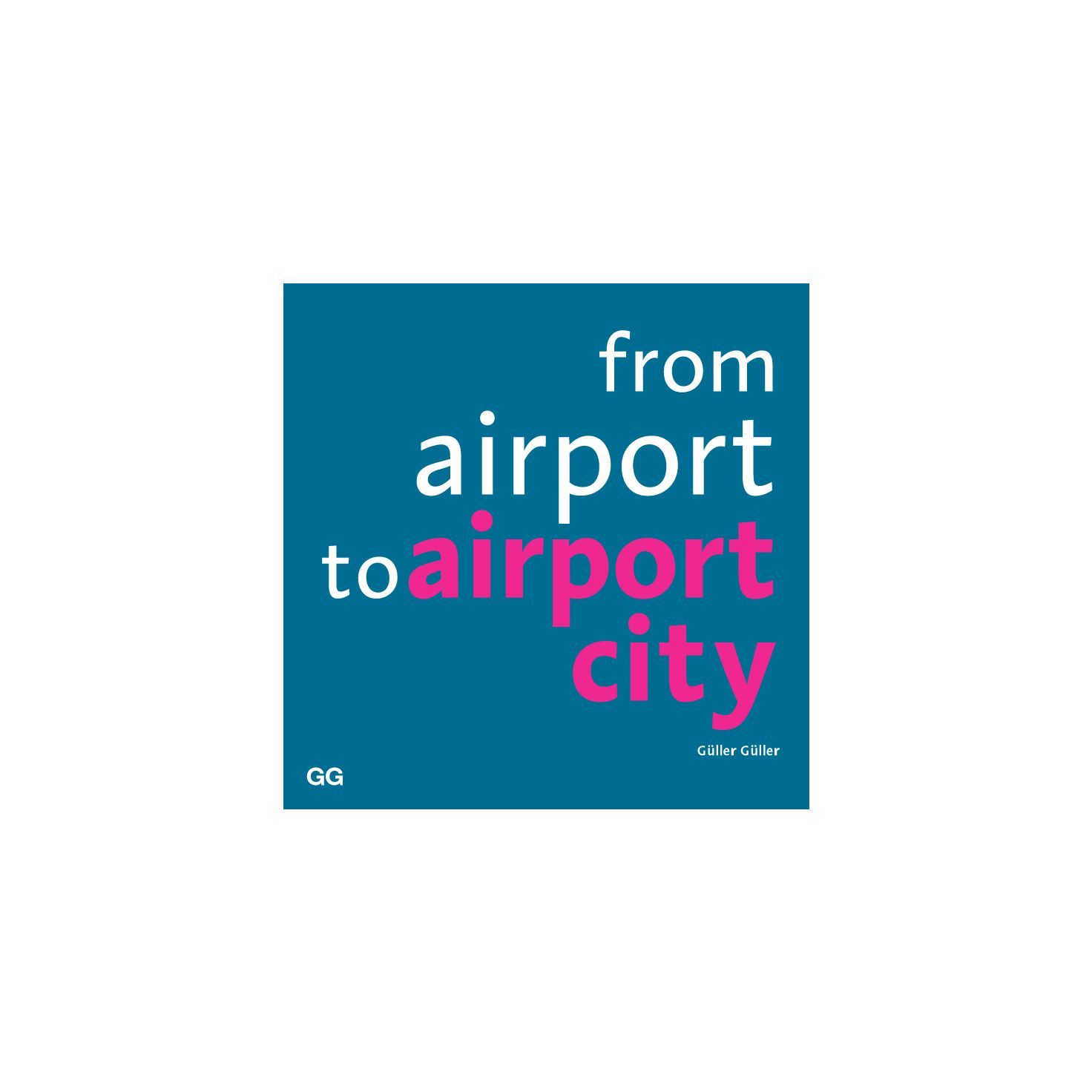From airport to aiport city
Airports are not just airports any more. Forgoing their status as simple traffic machines, airports can rightly be considered as decisive for the transformation of the metropolitan area. Propelled by a series of strategic investments, they have assumed a key position in High Speed Train and railway networks, a position until recently reserved for central stations alone. Being the undisputed interfaces of entire European regions, airports become centres of activity within them, new regional development poles, or simply "airport cities". But the self-confidence with which many airport operators expand the scope of their activities in relation to these new opportunities is not yet reflected in airport planning. Most plans for airport cities are still designed according to the logic of an efficient airport infrastructure. This book collates and deciphers the evidence of these processes, based on experience in Europe's major airport regions. It presents a vision of the influence of airports in rearranging landside traffic networks and in reorganising the territory of the metropolitan area. And it develops a new framework for airport planning, one that allows for participation in the shaping of this highly dynamic motor of urban development. The book opens with an introduction by Jack Short, Secretary General of the European Conference of Ministers of Transport. He has brought urban transport and land use issues to the forefront of debate in this Think Tank.
192 páginas
128
ISBN/EAN: 9788425219054
Rústica
2003
Airports are not just airports any more. Forgoing their status as simple traffic machines, airports can rightly be considered as decisive for the transformation of the metropolitan area. Propelled by a series of strategic investments, they have assumed a key position in High Speed Train and railway networks, a position until recently reserved for central stations alone. Being the undisputed interfaces of entire European regions, airports become centres of activity within them, new regional development poles, or simply "airport cities". But the self-confidence with which many airport operators expand the scope of their activities in relation to these new opportunities is not yet reflected in airport planning. Most plans for airport cities are still designed according to the logic of an efficient airport infrastructure. This book collates and deciphers the evidence of these processes, based on experience in Europe's major airport regions. It presents a vision of the influence of airports in rearranging landside traffic networks and in reorganising the territory of the metropolitan area. And it develops a new framework for airport planning, one that allows for participation in the shaping of this highly dynamic motor of urban development. The book opens with an introduction by Jack Short, Secretary General of the European Conference of Ministers of Transport. He has brought urban transport and land use issues to the forefront of debate in this Think Tank.
| Fecha de edición | 1 oct 2003 |
|---|---|
| Fecha de tirada | 2003-10-01 00:00:00 |
| Cubierta descargable | /uploader/1bdb06771203d490ca4cb43aea9f0bbe.jpg |
| Encuadernación | Rústica |
| Características | Ofertas |
